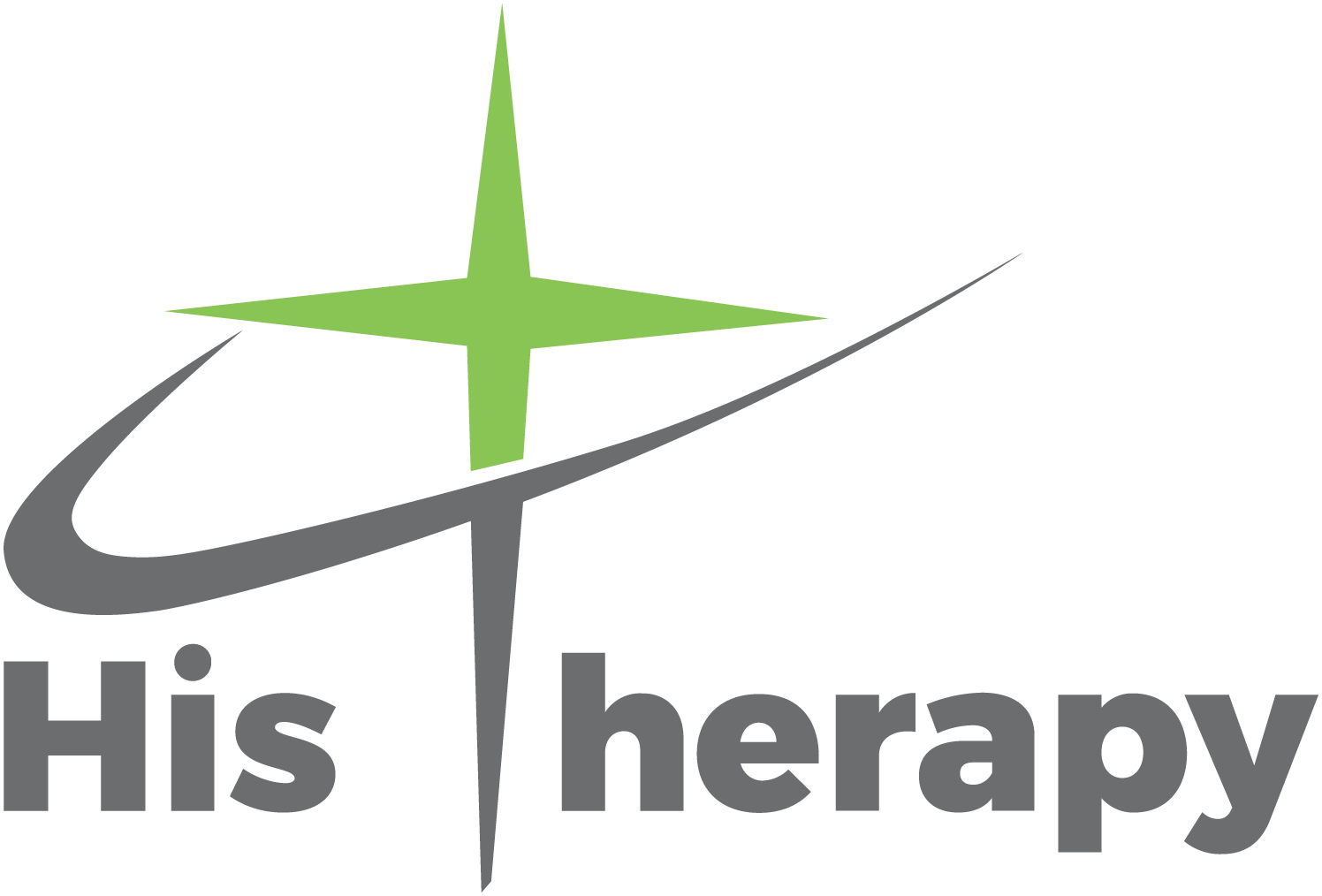DRY NEEDLING – What is it?
Dry needling is a treatment that involves a very thin needle being pushed through the skin to stimulate a trigger point. Dry needling releases the tight muscle bands associated with trigger points and leads to decreased pain, improved function, and speeds up the recovery process.
Trigger points are irritable, hard “knots” within a muscle that may cause pain over a large area, leading to difficulty performing everyday tasks. When a person has painful muscles and trigger points, it is sometimes called myofascial pain syndrome.
Myofacial Trigger points are a common type of pain. The word myofascial means muscle tissue and the connective tissue in and around it. These trigger points are usually the result of a muscle injury, resulting from repetitive strain. They are painful when pressed on and can create pain in another area as well, which is called referred pain.
Dry Needling is becoming a popular modality in medical practices, as musculoskeletal complaints are one of the most reported reasons to seek medical attention. Because contractures and trigger points are invisible to X-rays, MRI, CT’s, a Dry Needling Therapist can “feel” with the needle and utilize it as a diagnostic instrument. Contractures deep in the muscles can be felt with the needle via feedback on the quality of the tissues that it is penetrating.
For more information, please call our office to set up a consultation on the phone or set up an initial evaluation in our office. Call His Therapy at 864-534-1780 today!
Have a Blessed Day!
